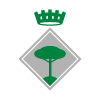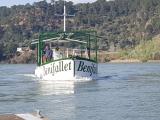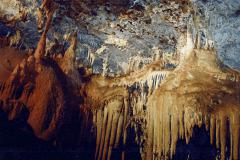Benifallet celebrates the 50th anniversary of the discovery of the Caves of Wonders
Benifallet celebrates the 50th anniversary of the discovery of the Caves of Wonders
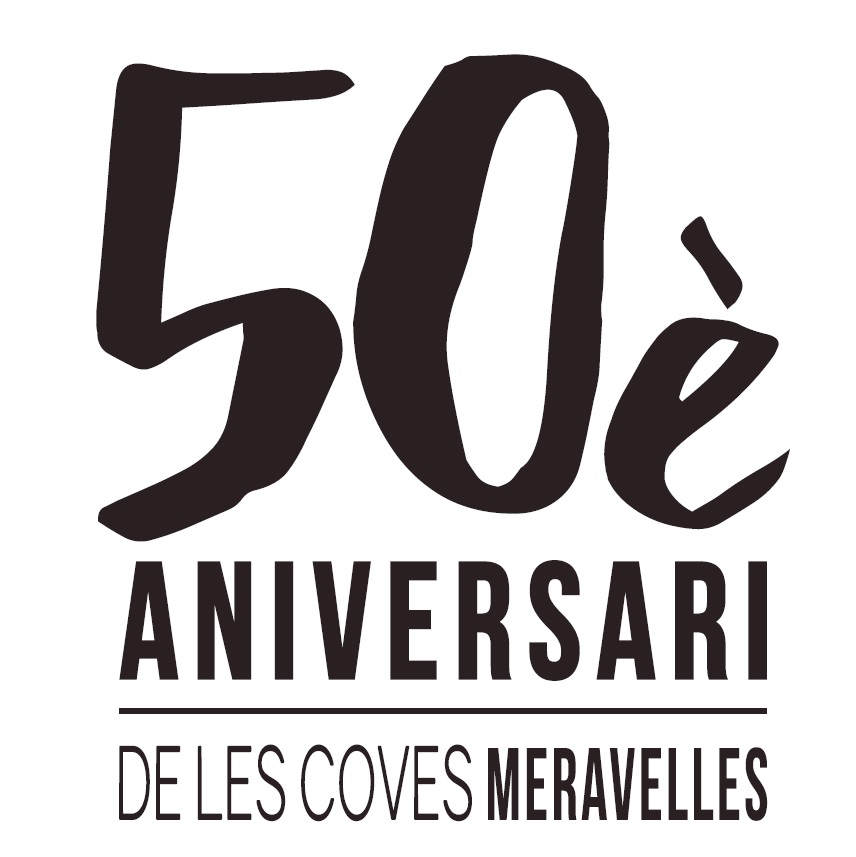
On March 19, on the 50th anniversary of the discovery of the Caves of Wonders in Benifallet by a group of speleologists from the Club Excursionista de Gracia, the commemoration of the 50th anniversary of the Caves kicks off.
The celebration will last for the next few months and will end in September, coinciding with the Festa Major de Benifallet. The program includes various events and activities promoted by the town of Benifallet with the aim of making the caves known to visitors and celebrate their discovery with the villagers. The commemoration is carried out with the involvement of most entities and businesses in the municipality, which have joined the initiative, as well as the illustrator benif alletenca Ester Llorens Artiola who designed the 50th anniversary logo of the Wonder Caves. In addition, there will also be the collaboration of the Club Excursionista de Gracia and some of the members of the team discovering the caves will join the organized events.
In this sence, the mayoress of Benifallet, Mercè Pedret, states that “The commemoration of the 50th anniversary of the discovery of the Benifallet Caves will server as a turning point for the promotion and dissemination of the cultural, patrimonial and historical interest of the caves. The City Council has prepared a program of activities so that the occasion is also a reason for celebration and pride for the residents of Benifallet”.
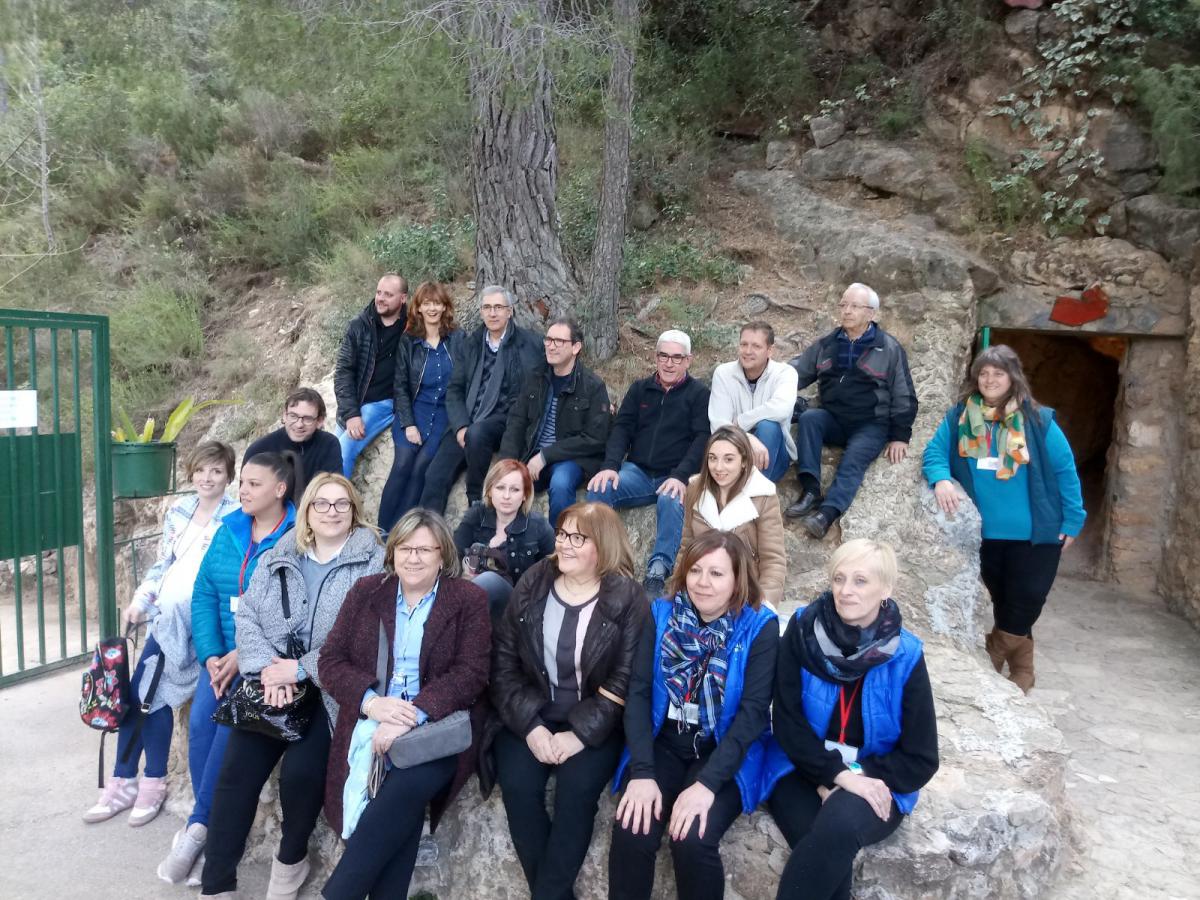
Activities ot commemorate the discovery of the caves will begin on March 19th a with a photographic exhibition that will host the headquarters of the Club Excursionista de Gracia.
The exhibition will review the 50 years of history from the discovery of the caves can be visited until June 30 in Barcelona and from July in Benifallet.
The weekend of April 29 Benifallet will celebrate the traditional Festa de les Coves, this year marks the 50th anniversary and will include the commemorative event of the discovery, the traditional pilgrimage and popular lunch in the Caves and various small-format performances inside the cavities.
The program also includes combining music with guided tours throughout the year, always ensuring the preservation of the caves. The municipality has also prepared dor the occasion, one “Pack 50 years” with advantages and discounts for visitors with the collaboration of the establishments of catering, hotels and rural accomodation of the municipality and the leisure companies of the municipality. Besides, the school of Benifallet ' it is also added to the celebration with various activities. They are also added to the celebration with different activities and collaboration the celebration with various activities. They are also added to the celebration with differnt activities and collaboration the Association of Wonder Women, Fent Sendera and the Grallers de Benifallet.
The celebration will conclude during the Festa Major de Benifallet, in September, with an original and unique action with the Caves of Wonders as protagonist.
THE DISCOVERY OF CAVES
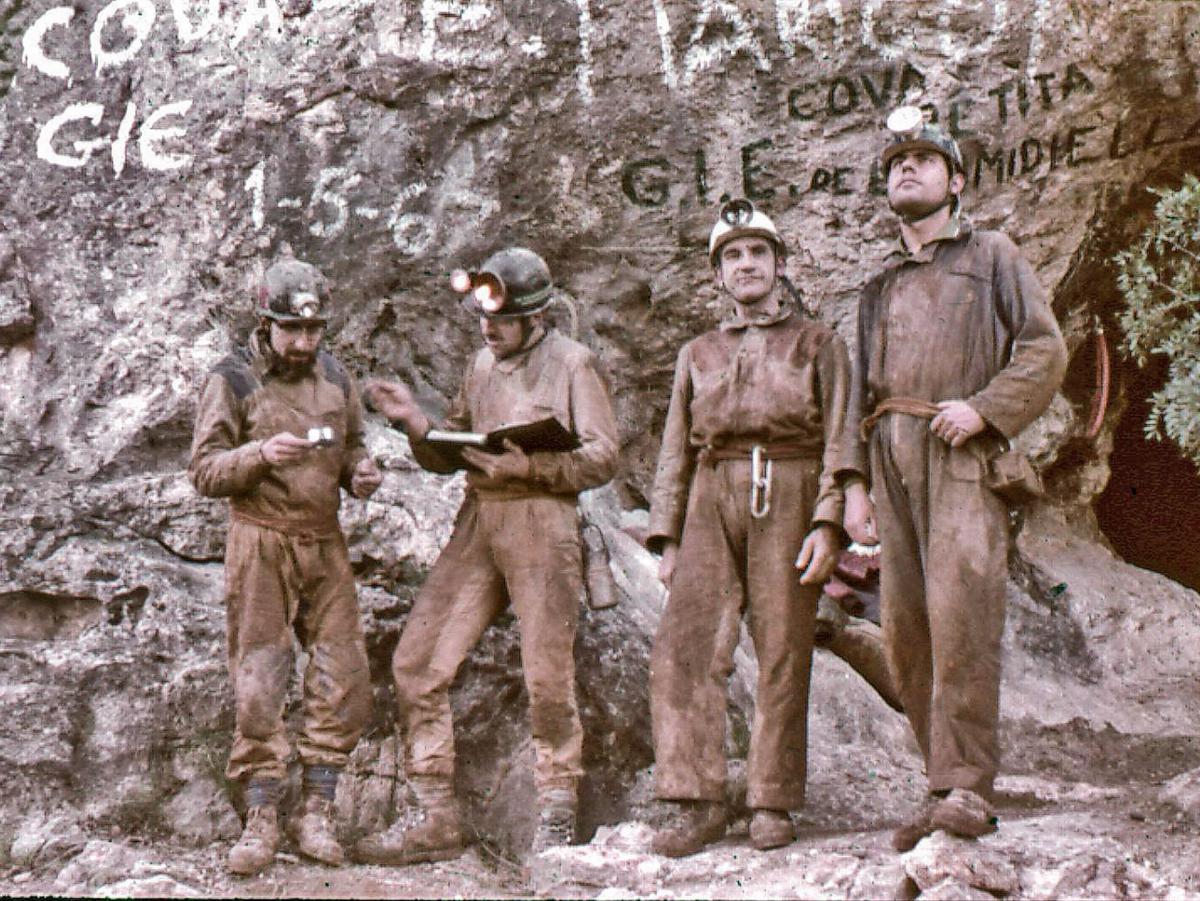
In 1966, a group of young speleologists from the Club Excursionista de Gràcia arrived in Benifallet, interested in visiting and exploring cavities called Les Aumidielles, which were referred to in an old book they had bought at the Sant Antoni market. From that first expendition, during the following two years, the speleology section of the Club Excursionista de Gràcia, the GIE (GIE: Grup Investigacions Espeleològiques), carried out various explorations, guided by residents of the village.
The Marigot Cave was discovered on March 26, 1967, and the Wonder Cave was discovered on March 19, 1968. The expedition that discovered the Cave of Wonders was formed by Manel Arnau, Jesús Griera, Ramón Garcés and Eugeni Marigot.
Since then, the group has been expanding the research and study of cavities and discovering new spaces in caves. Currently, the Espeleo Club de Gràcia continues to investigate new cavities in the municipality of Benifallet.
ON THE CAVES
The Caves of Wonders of Benifallet are a natural space space of great patrimonial, tourist, educational and historical interest and one of the most recognized icons, together with the Serra de Cardó and the river Ebro.
The Caves have great historical value. Prior to the discovery, there was invidence of the existence of other cavities, and some families had even taken refuge during the Battle of the Ebro in the Civil War. Later, archaeological excavations have dated human presence during the Neolithic period.
The recovered archaeological materials are deposited and exhibited to the public and deposited in the Benifallet Interpretation Center, the Terres de l'Ebre Museum and the National Archaeological Museum of Catalonia, Barcelona. Currently the GRAMPO team of the prehistory department of the Autonomous University of Barcelona, under the direction of Miquel Molist, with the collaboration of the town council of Benifallet and the Terres de l'Ebre Museum is collecting and scientifically documenting all the remains found since its discovery, carrying out a review of all the data on the ancient settlement in the inside the caves.
Currently, of the 6 cavities that make up the set of caves of Benifallet, two of which are accessible to the public: La Cova del Dos i La Cova Meravelles. Right now you can visit on weekends and from Easter, every day. The other cavities are the Marigot Cave, the Xafarroques Cave and the abysses fo the Cataclysm and the Siphon.
The Benifallet caves are the result of a series of geological processes that took place thousands of years are due to the nature of the limestone rock, its sedimentary origin and the progressive action of water on it. Limestone responds to the ability of water to erode and dissolve, this process is what has made possible the cavities and formations that we will see inside.
It is estimated that this process began about 800,000 years ago, in the Pleistocene. From this moment on, the progressive action of water infiltration, making its way through the cracks and spaces of softer material (clays and gypsum) erodes the rock and dissolves it, giving rise to an active network of water. Groundwater, which makes its way and digs galleries, well rooms, etc. Over time, the circulation of water decreases and circulates at lower levels, giving rise to the spaces we now know as caves with their galleries, rooms, wells, etc.
If on the one hand the water has been able to drill or erode cavities, it is also able to form speleothems or formations within them from their contact with the CO2 in the atmosphere that captures rainwater and oxygen from inside the cave. Thus, caves have been filled, for thousands of years, with different types of formations such as stalactites, stalagmites, columns, gorges, eccentrics, etc.
The Xafarroques Cave is scheduled to open to the public in the near future to explain the archaeological findings.
